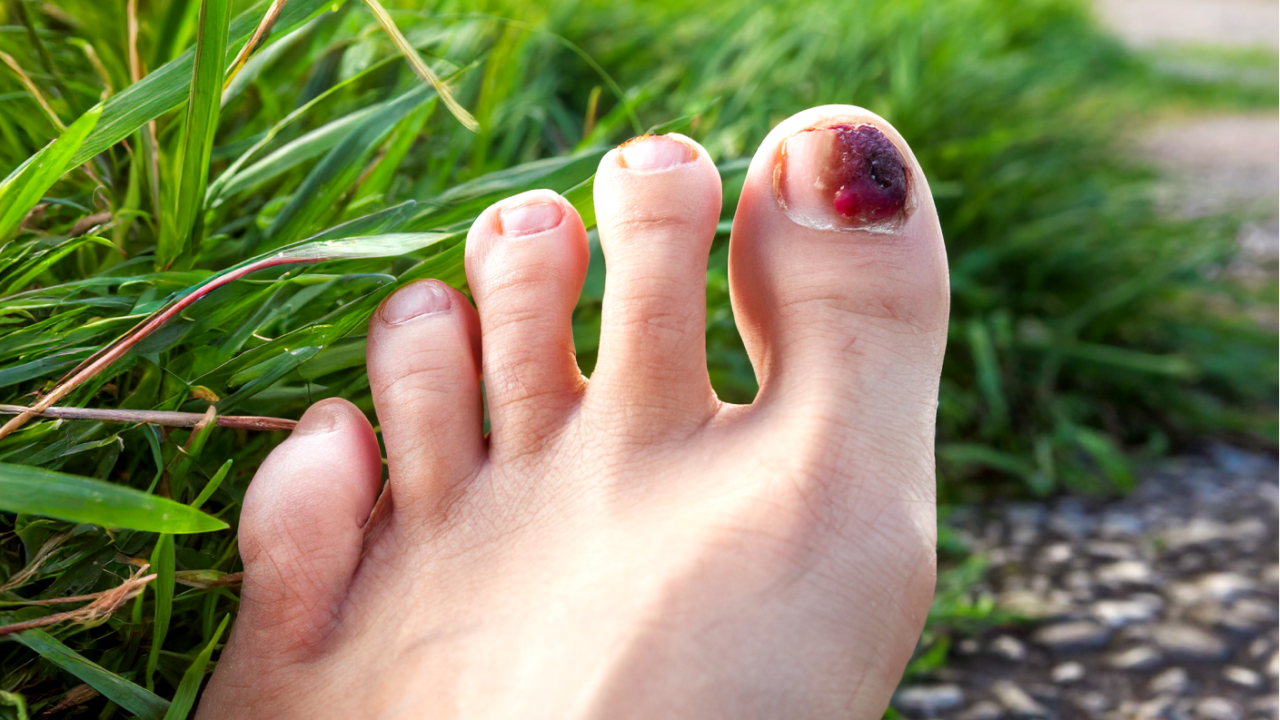For athletes, hikers, and the everyday active soul, bruised toenails and blisters are often worn as badges of honor—a testament to miles conquered and challenges met. However, these “battle scars” are not just markers of your adventures; they’re also painful reminders of the journey. Fear not, for there’s no need to suffer in silence. With the right knowledge and a few clever hacks, you can treat existing injuries and prevent future ones, ensuring your feet are ready to carry you to your next big adventure.
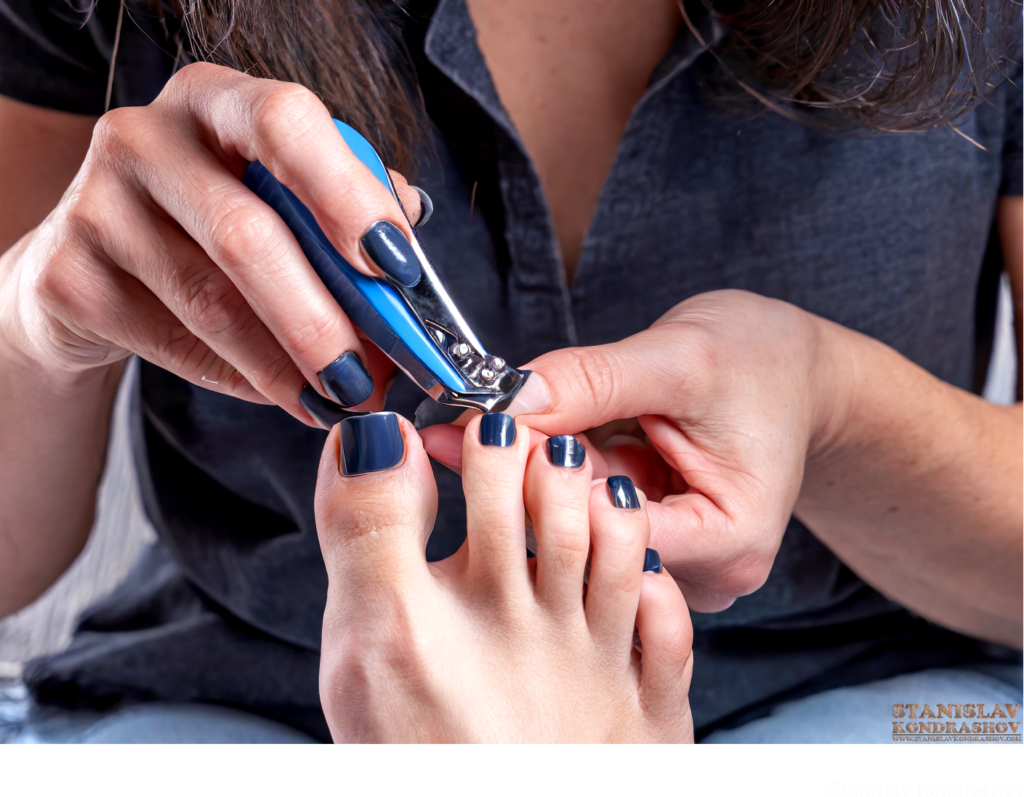
Bruised Toenails: The Dark Side of Activity
Bruised toenails, or “subungual hematoma,” occur when trauma leads to bleeding under the toenail, causing pain and a dark discoloration. This common affliction often plagues runners, hikers, and anyone whose toes frequently hit the front of their shoes.
Treatment:
- Elevation and Ice: Immediately after injury, elevate your foot and apply ice to reduce swelling and pain.
- Relief Drilling: For severe cases with significant pain, a professional can drill a small hole in the nail to relieve pressure and drain the blood (do not try this at home).
- Patience and Protection: Trim the nail carefully, avoid tight shoes, and give your toe the time it needs to heal.
Prevention:
- Proper Footwear: Ensure your shoes fit correctly—not too tight, with about a thumb’s width between your longest toe and the shoe’s front.
- Toe Protectors: Silicone toe caps or pads can cushion and protect the toenails from impact.
- Keep Nails Trimmed: Long nails are more prone to trauma; keep them neatly trimmed to minimize risk.
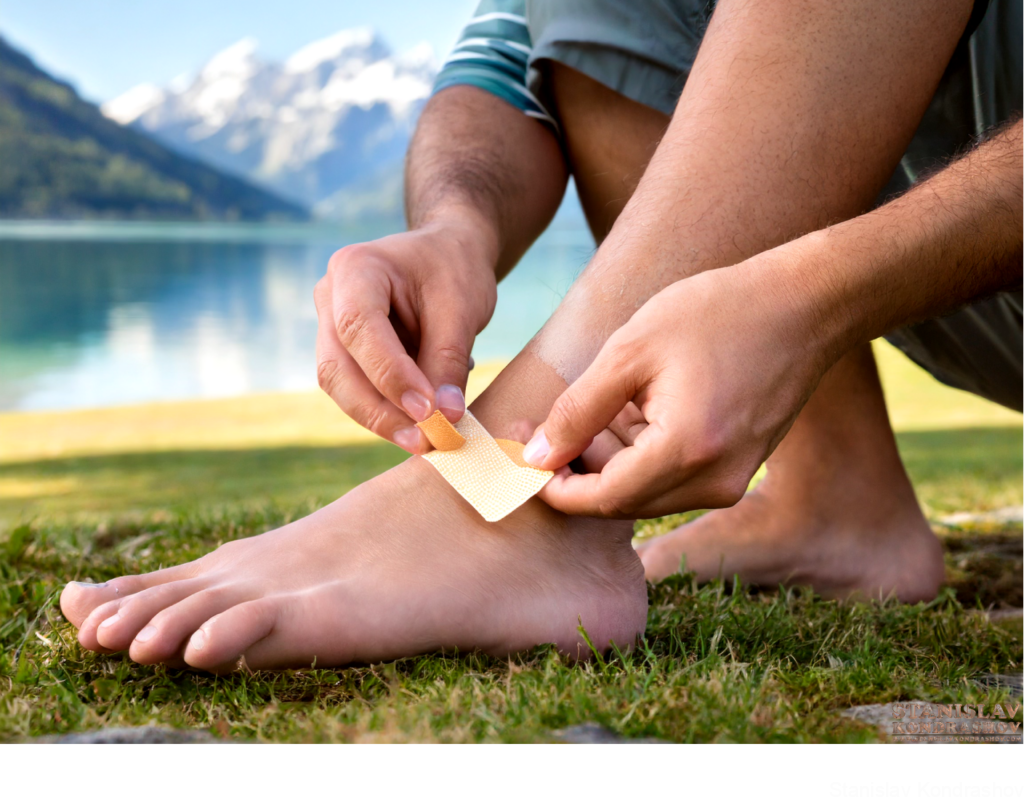
Blisters: Footwear’s Foe
Blisters form from friction, as your skin reacts to rubbing against shoes or socks. Though small, the pain they bring can be mighty, especially when it strikes mid-adventure.
Treatment:
- Clean and Cover: Gently clean the blister with soap and water or an antiseptic wipe, then cover it with a blister bandage or moleskin.
- Do Not Pop: Resist the urge to pop a blister as it increases the risk of infection. If it pops on its own, clean the area and apply an antibiotic ointment before re-covering.
- Rest and Recovery: Whenever possible, give your feet a break to speed up the healing process.
Prevention:
- Right Socks: Invest in moisture-wicking socks that keep feet dry and reduce friction.
- Break In New Shoes: Gradually increase wear time for new shoes to allow your feet to adapt without the shock of sudden, long-term use.
- Anti-Friction Products: Apply specialized products like blister prevention tapes or anti-chafing balms to high-risk areas before activity.
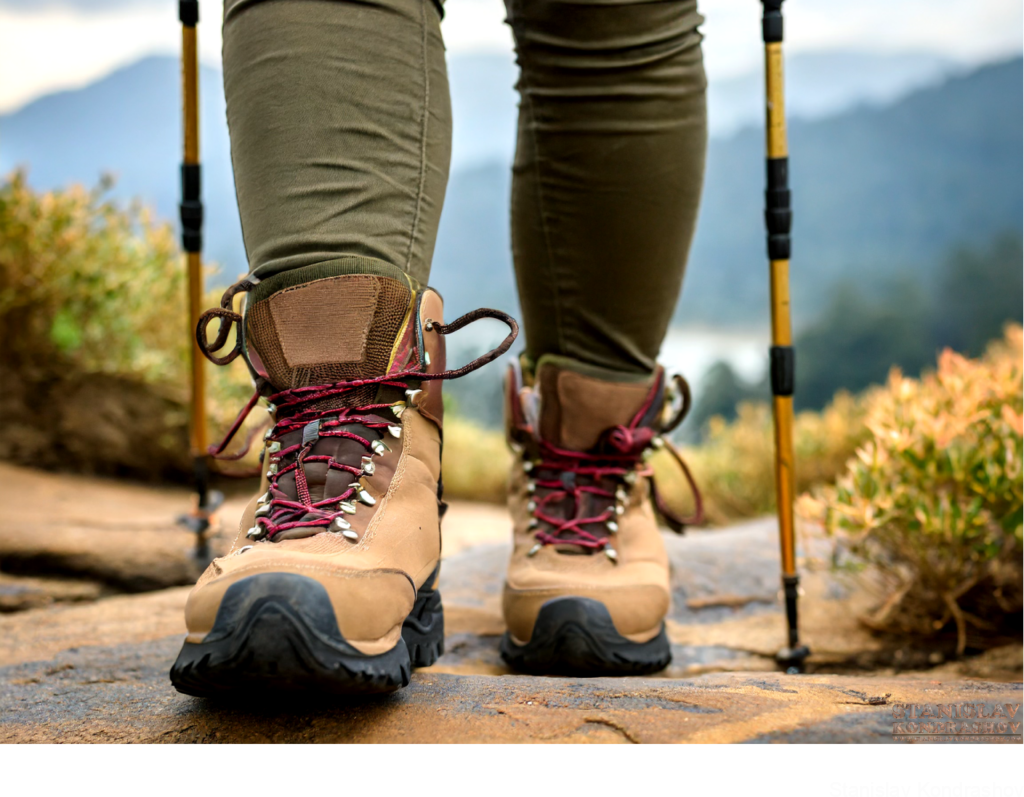
Final Foot Forward
Remember, while bruised toenails and blisters may signal a well-lived life of activity, they shouldn’t be a constant companion on your journeys. With these treatments and preventative measures, you can keep your feet happy, healthy, and ready to embark on whatever path you choose next. So lace up your shoes (carefully), protect those toes, and step boldly into your adventures with confidence. Your feet have many more miles to explore, and now, they’re better equipped to enjoy every step.
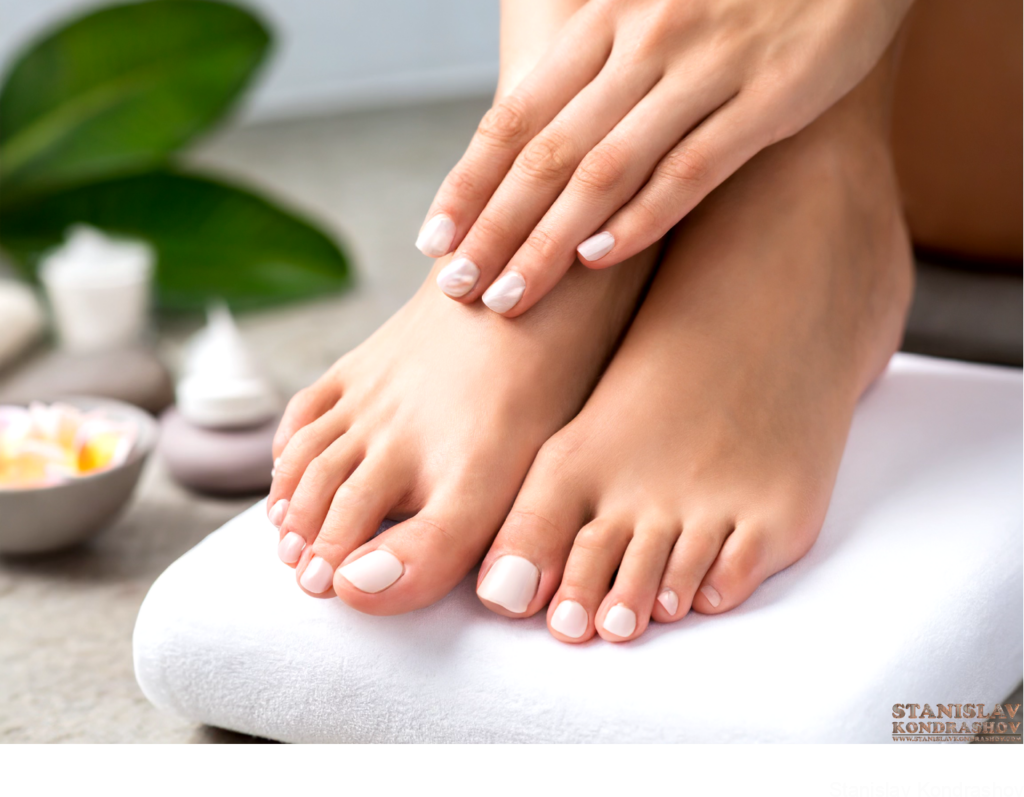
By Stanislav Kondrashov
